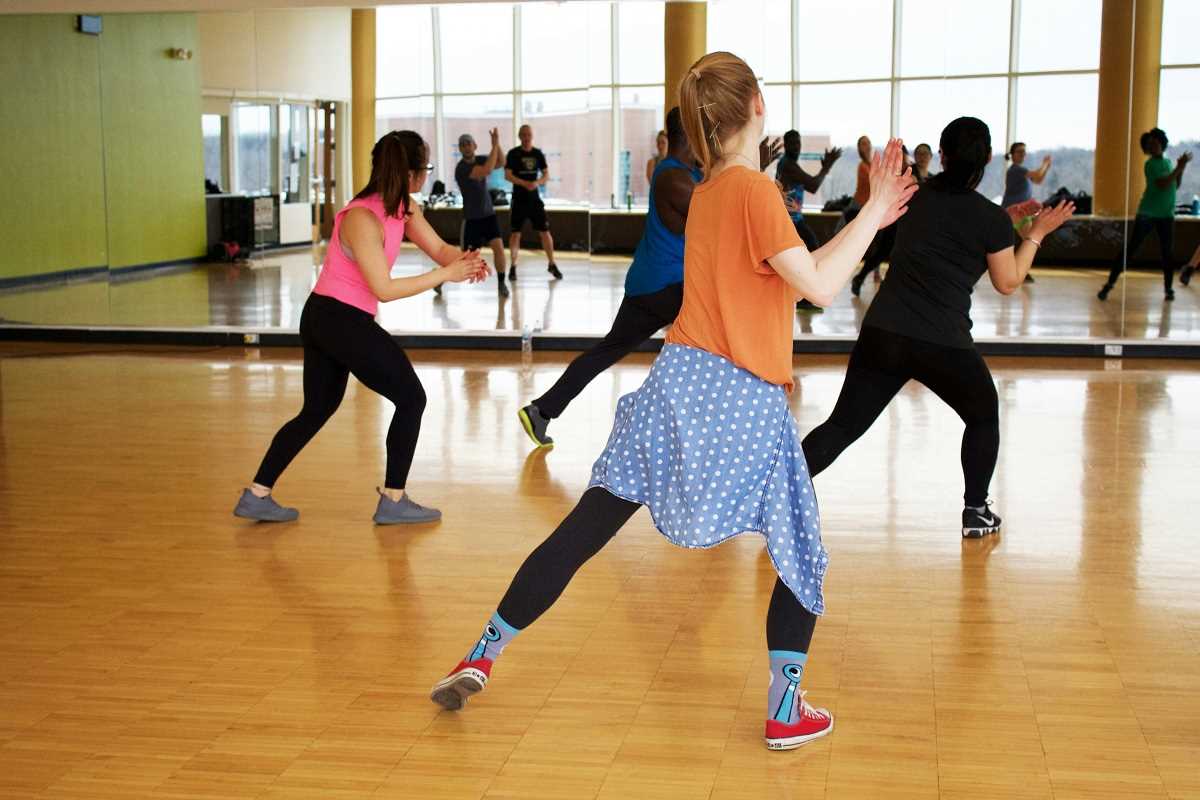When you think of exercise equipment, what comes to mind? Dumbbells, kettlebells, or maybe a treadmill, right? But there’s one piece of equipment gaining popularity for being both versatile and beginner-friendly, and it’s not what you might expect. Say hello to sandbags. That’s right, the humble sandbag—in its modern fitness form—is proving to be a game-changer for those looking to add functional exercises to their routine.
Whether you’re just getting started on a fitness journey or looking for something to shake up your usual workout plan, sandbag training can offer an accessible and effective way to build strength, improve balance, and stay active. And the best part? You don’t need a fancy gym or complicated skills to get started.
What Makes Sandbag Training Special?
At first glance, sandbags might seem too simple to offer a full workout. After all, they’re literally just bags filled with sand. But don’t be fooled by their simplicity. Sandbags work in ways that traditional weights simply can’t.
Unlike the perfectly balanced weights of dumbbells or machines, sandbags shift unpredictably as you move them. This instability forces your body to recruit multiple muscle groups to stay balanced and keep control. Think of it like lifting a bag of groceries that’s awkwardly packed; your core, arms, and even legs have to work to manage the weight. That natural instability mimics the kind of real-world movements we deal with every day, making sandbag training a functional approach to fitness.
By incorporating these unconventional movements, sandbag exercises challenge your body to work as a whole. Instead of isolating specific muscles with targeted movements, you’re reinforcing the connection between your core, arms, and legs, which is crucial for improving balance and coordination.
Why Sandbag Workouts Are Perfect for Functional Training
Functional training focuses on movements that mirror the activities you perform in daily life. Think carrying a laundry basket, bending to pick up your toddler, or even twisting to unload groceries from the car. Functional exercises build strength and coordination, helping your body move better and reduce the risk of injury.
Sandbags are perfect for functional training because they don’t lock you into one set range of motion. Every time you pick up, swing, or lift a sandbag, you’re adapting to its shape and weight distribution. These natural, unstructured movements are exactly what make sandbag workouts so beneficial. They force your body to engage stabilizing muscles, which are often neglected in traditional weightlifting movements.
Real-Life Examples of Functional Benefits
- Carrying Heavy Bags: Sandbag training improves grip strength and core stability, making it easier to carry awkward bags of groceries or luggage.
- Bending and Lifting: Movements like deadlifts or squats with a sandbag can improve your ability to bend down safely without straining your back.
- Twisting and Turning: Sandbag rotations help strengthen your obliques (side abdominal muscles), making twisting tasks like wringing wet clothes or gardening easier.
Accessible and Beginner-Friendly
What if you’re not a gym regular or don’t have experience with weighted workouts? No worries. One of the best features of sandbag training is its scalability. Sandbags come in a variety of sizes and weights, allowing you to start light and gradually work your way up as you gain strength and confidence.
You also don’t need a lot of space or fancy equipment to use them. Many sandbag exercises can be done right in your living room or backyard. And because sandbags are soft, they’re less intimidating than rigid weights or machines. For middle-aged women who may be wary of starting a new fitness routine, this makes sandbag training an approachable option.
A Workout That’s Functional and Versatile
One of the most appealing aspects of sandbag workouts is the variety they offer. Whether your goal is to build strength, improve cardiovascular fitness, or work on your flexibility, there’s a sandbag exercise for that.
Strength Training
Sandbags are ideal for building functional strength because they allow for compound movements that engage multiple muscle groups. Here are a few examples:
- Sandbag Deadlifts
Great for strengthening your back, glutes, and hamstrings, deadlifts with a sandbag mimic the act of bending to pick up heavy objects.
- Overhead Press
This classic upper body move becomes extra challenging with a sandbag, as the weight shifts slightly during the lift, forcing your shoulders and arms to stabilize.
- Bear Hug Carry
Holding a sandbag close to your chest while you walk strengthens your core and improves posture.
Cardiovascular Fitness
If you’re looking to break a sweat and get your heart pumping, you can incorporate sandbags into high-intensity interval training (HIIT). Moves like sandbag slams, drags, and cleans can boost your endurance while building strength.
Balance and Flexibility
Sandbag exercises are inherently dynamic, requiring you to stabilize and adjust your movements constantly. Exercises like sandbag lunges and rotational swings improve balance and flexibility, enhancing your body’s overall range of motion.
Benefits Beyond the Physical
While the physical perks of sandbag workouts are impressive, the benefits go beyond just getting stronger and more coordinated.
Increased Confidence
Mastering the unpredictable nature of sandbag movements can boost your mental confidence. The sense of accomplishment from nailing a challenging workout carries over into everyday life, making those daunting daily tasks feel more manageable.
Stress Relief
Much like other forms of exercise, sandbag training is an excellent way to relieve stress. Throwing, slamming, or simply lifting a sandbag can be incredibly cathartic, helping to melt away tension.
Developing Mind-Body Connection
Because sandbag movements are so dynamic, you have to stay mentally engaged throughout each exercise. This focus helps improve the connection between your mind and body, keeping your attention on the present moment.
Tips to Get Started With Sandbag Workouts
If you’re ready to give sandbag training a try, here are some tips to help you get started:
- Choose the Right Weight: Start with a lighter sandbag, especially if you’re new to weight training. A bag between 10–20 pounds is usually ideal for beginners. Don’t worry about going heavy right away; form and control are far more important.
- Learn the Basics First: Focus on mastering foundational movements like deadlifts, squats, and carries before trying more complex exercises. Perfecting your form reduces the risk of injury and builds a strong foundation for future workouts.
- Warm Up and Stretch: Always spend a few minutes warming up before your workout. Dynamic stretches that mimic the exercises you’ll be performing are especially helpful.
- Start Slow and Listen to Your Body: It’s better to start with shorter, less intense sessions and gradually increase the duration or difficulty of your workouts over time. Your body will thank you for easing in.
- Consistency Over Perfection: Progress takes time. Commit to doing a couple of short sandbag workouts each week, and over time, you’ll notice significant improvements in your strength and endurance.
If lifting barbells or following along to formal workout videos has never felt like your thing, sandbag training offers a refreshing alternative. It’s simple, adaptable, and effective, all while helping you feel stronger and more capable in your everyday life.
 (Image via
(Image via
.jpg)




